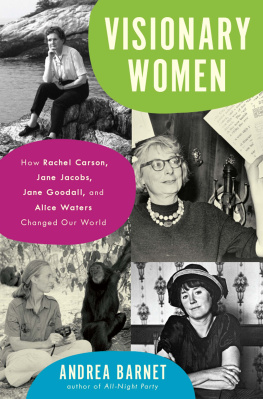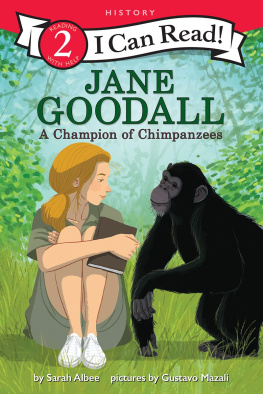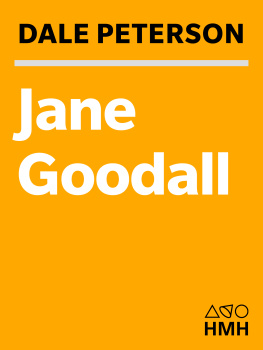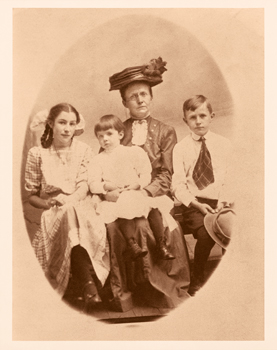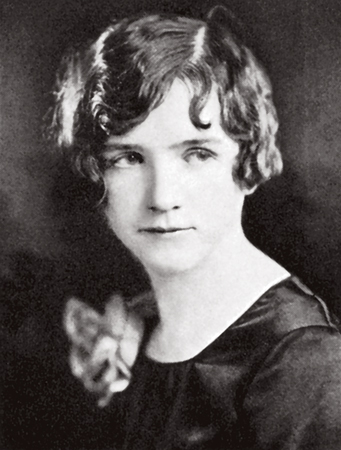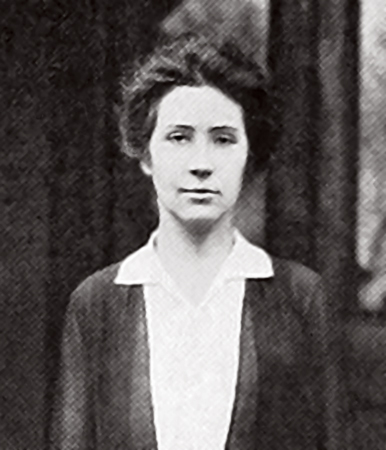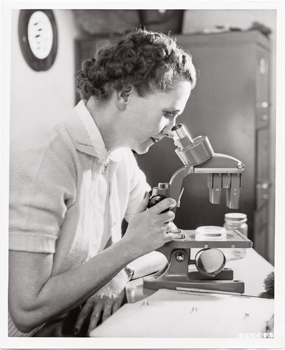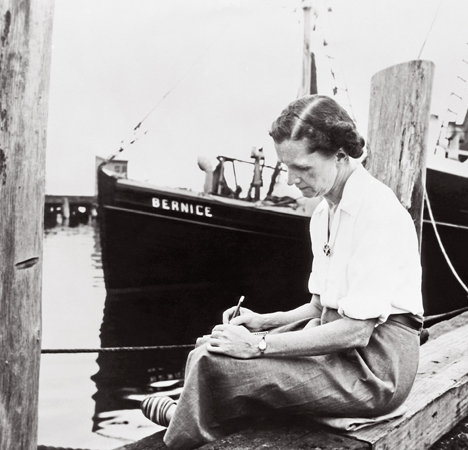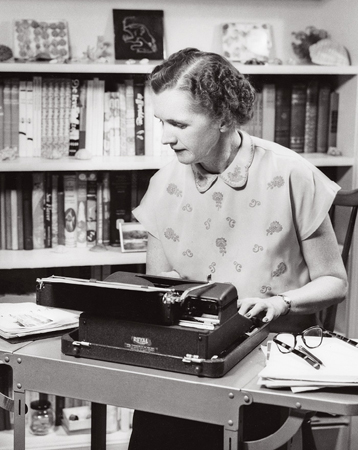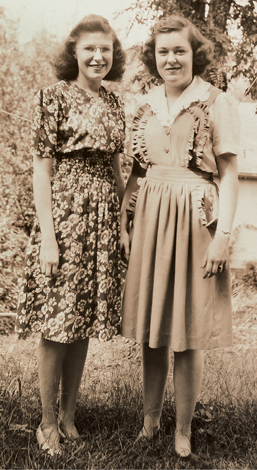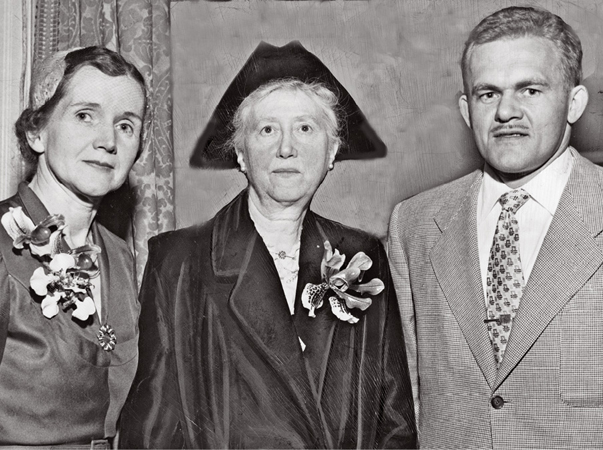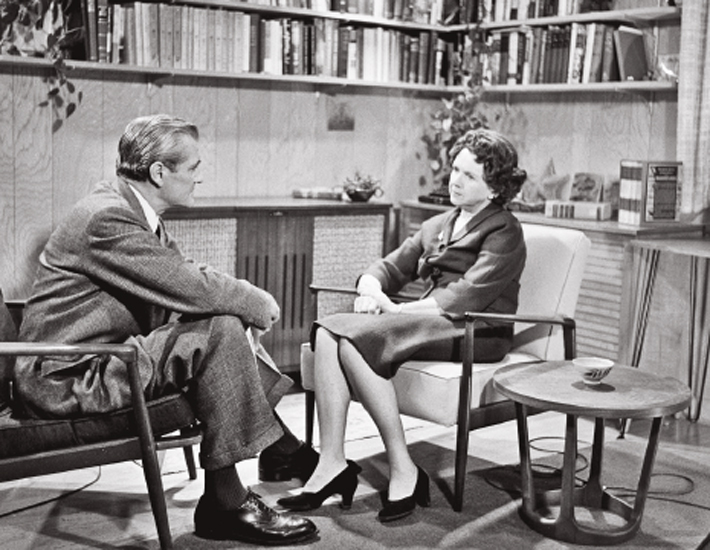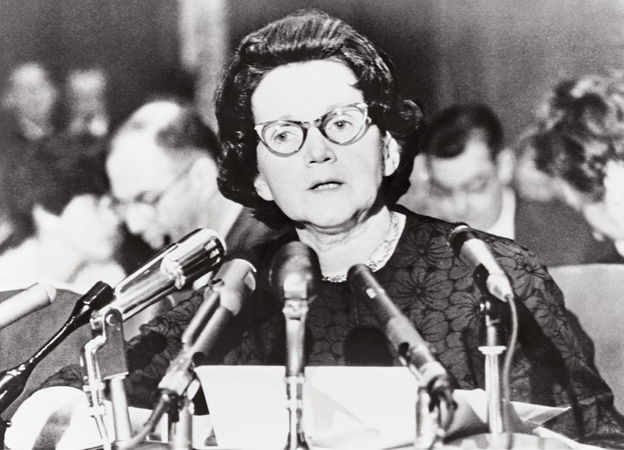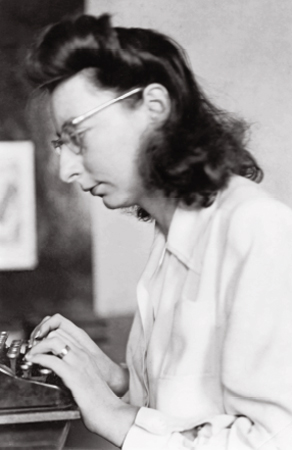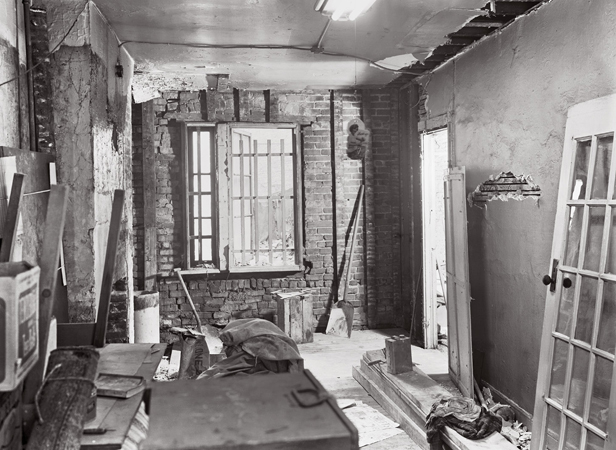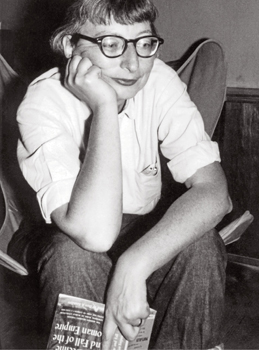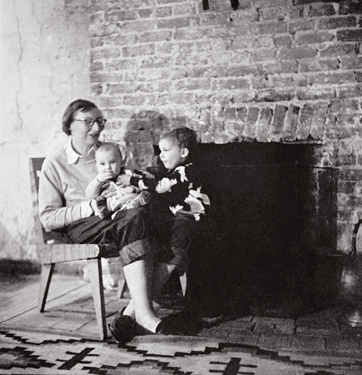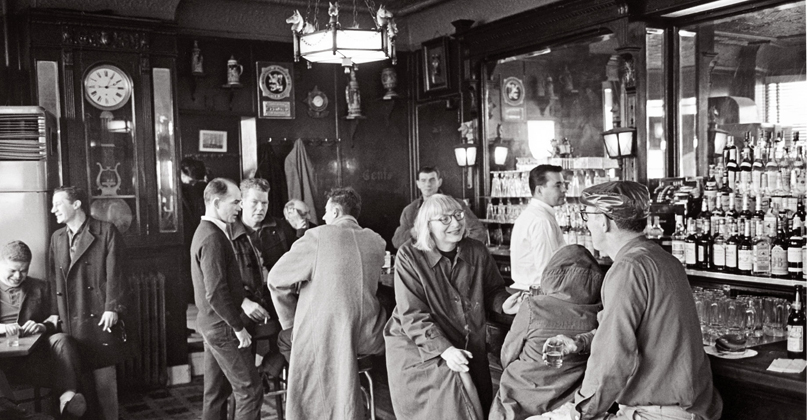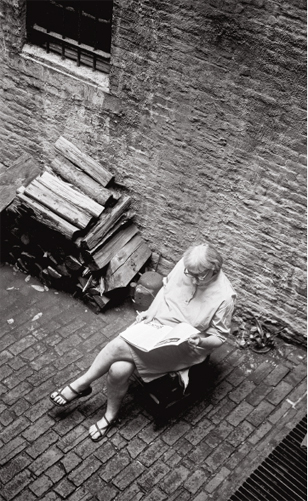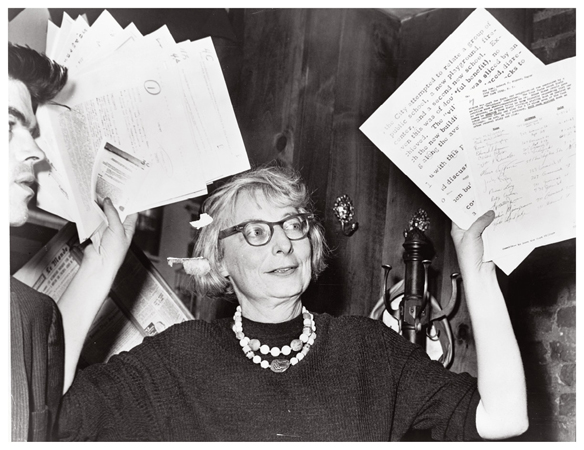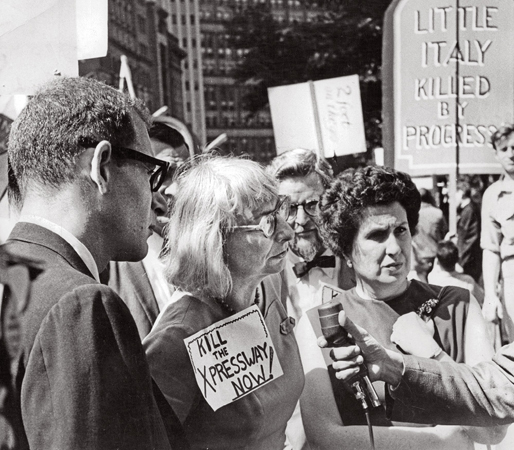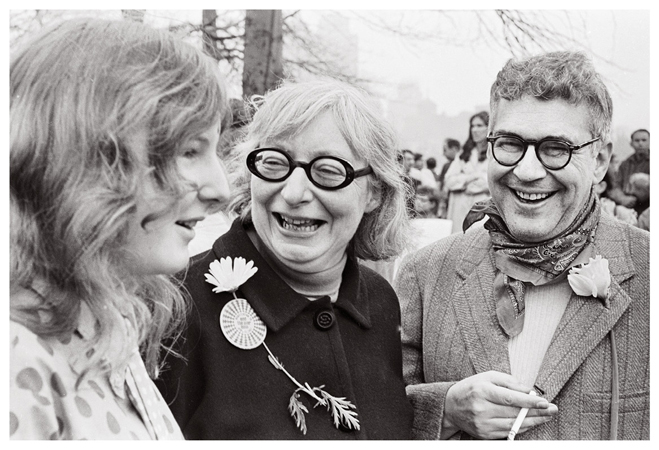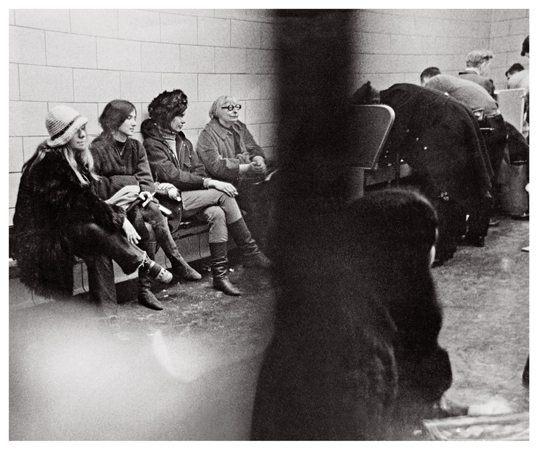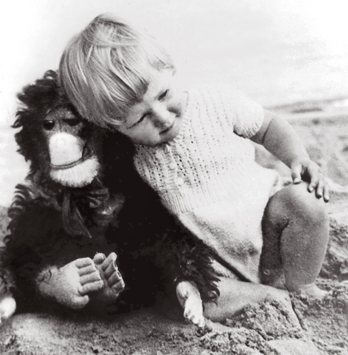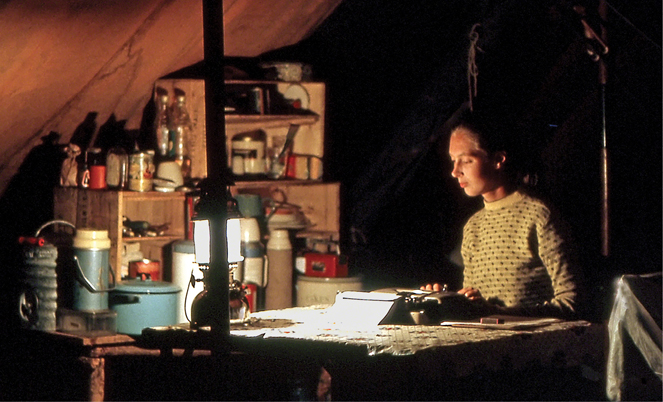Andrea Barnet - Visionary Women: How Rachel Carson, Jane Jacobs, Jane Goodall, and Alice Waters Changed Our World
Here you can read online Andrea Barnet - Visionary Women: How Rachel Carson, Jane Jacobs, Jane Goodall, and Alice Waters Changed Our World full text of the book (entire story) in english for free. Download pdf and epub, get meaning, cover and reviews about this ebook. year: 2018, publisher: Ecco, genre: Non-fiction. Description of the work, (preface) as well as reviews are available. Best literature library LitArk.com created for fans of good reading and offers a wide selection of genres:
Romance novel
Science fiction
Adventure
Detective
Science
History
Home and family
Prose
Art
Politics
Computer
Non-fiction
Religion
Business
Children
Humor
Choose a favorite category and find really read worthwhile books. Enjoy immersion in the world of imagination, feel the emotions of the characters or learn something new for yourself, make an fascinating discovery.
- Book:Visionary Women: How Rachel Carson, Jane Jacobs, Jane Goodall, and Alice Waters Changed Our World
- Author:
- Publisher:Ecco
- Genre:
- Year:2018
- Rating:3 / 5
- Favourites:Add to favourites
- Your mark:
Visionary Women: How Rachel Carson, Jane Jacobs, Jane Goodall, and Alice Waters Changed Our World: summary, description and annotation
We offer to read an annotation, description, summary or preface (depends on what the author of the book "Visionary Women: How Rachel Carson, Jane Jacobs, Jane Goodall, and Alice Waters Changed Our World" wrote himself). If you haven't found the necessary information about the book — write in the comments, we will try to find it.
Four influential women we thought we knew wellJane Jacobs, Rachel Carson, Jane Goodall, and Alice Watersand how they spearheaded the modern progressive movement
This is the story of four visionaries who profoundly shaped the world we live in today. Together, these womenlinked not by friendship or field, but by their choice to break with conventionshowed what one person speaking truth to power can do. Jane Jacobs fought for livable cities and strong communities; Rachel Carson warned us about poisoning the environment; Jane Goodall demonstrated the indelible kinship between humans and animals; and Alice Waters urged us to reconsider what and how we eat.
With a keen eye for historical detail, Andrea Barnet traces the arc of each womans career and explores how their work collectively changed the course of history. While they hailed from different generations, Carson, Jacobs, Goodall, and Waters found their voices in the early sixties. At a time of enormous upheaval, all four stood as bulwarks against 1950s corporate culture and its war on nature. Consummate outsiders, each prevailed against powerful and mostly male adversaries while also anticipating the disaffections of the emerging counterculture.
Andrea Barnet: author's other books
Who wrote Visionary Women: How Rachel Carson, Jane Jacobs, Jane Goodall, and Alice Waters Changed Our World? Find out the surname, the name of the author of the book and a list of all author's works by series.

